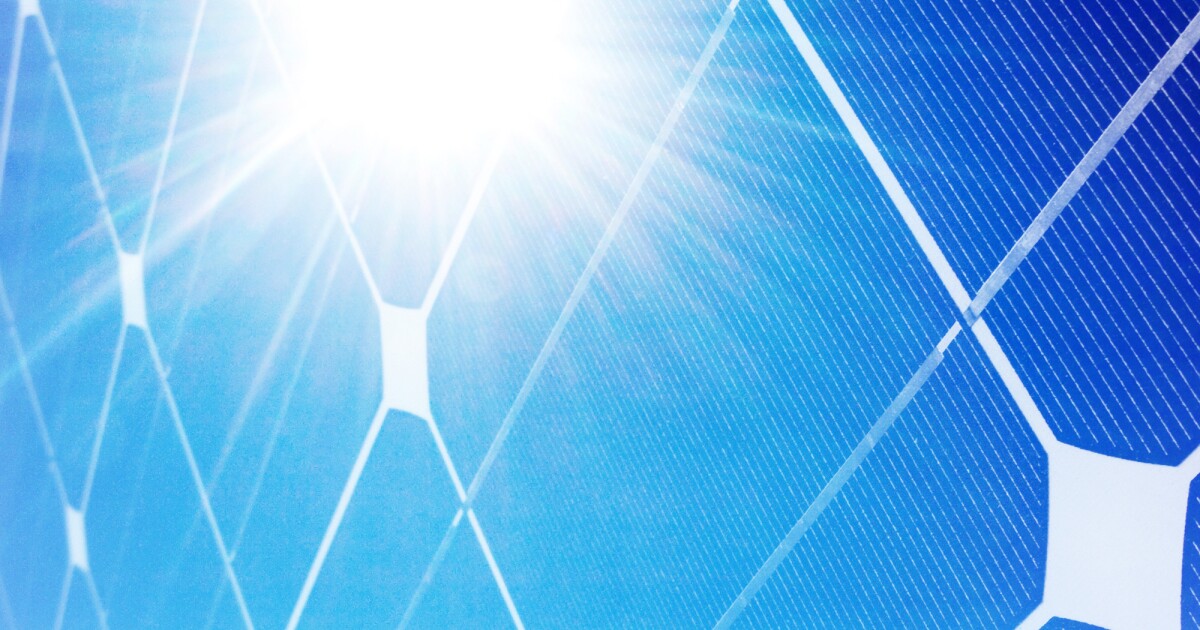
Japan tests the most powerful solar panel in history, equivalent to 20 nuclear power plants; benefits and global implications of this groundbreaking technology.

Mankind has set out to use the Moon in aid of the first dark solar panel’s creation. This new type of photovoltaics is pioneering and will change how we power the Earth forever.

With much of the developed world hastening its transition to renewables, take a look at some renewable megaprojects around the globe.

Switzerland is leading the way in clean energy with a world-first project: the installation of removable solar panels on active railway tracks.

In the world of solar cell technology, perovskite materials are poised to take on the current reigning champion silicon, but their stability is holding them back. Now, scientists in China have developed a new type of hybrid perovskite.

Extreme temperature events are often accompanied by greater solar radiation and higher wind speeds that could be captured by solar panels and wind turbines.

Solar power accounted for three quarters of renewables capacity additions, of which PV in China alone topped the entire 2022 global figure.

Solar power (also known as photovoltaics, or PV) is likely to become the dominant power source worldwide by 2050, according to a new study.

Australian scientists have invented a next-generation solar panel capable of healing itself when damaged in space.

The MAPLE experiment was able to wirelessly transfer collected solar power to receivers in space and direct energy to Earth

A Saudi Arabian team has achieved a record level of efficiency with what's known as a 'tandem' solar cell: one that combines two different materials.

U.S. researchers claim to have increased the photoresponsivity of a lead-halide perovskite for solar cell applications by 250%.

The facility will generate energy that is equivalent to 370 million cubic meters of gas per year.

The record-breaking 2022 EU solar market is 38% or 10 GW higher than what SolarPower Europe expected one year ago.

A professor is reporting on a new type of solar energy harvesting system that breaks the efficiency record of all existing technologies. And no less important, it clears the way to use solar power 24/7.